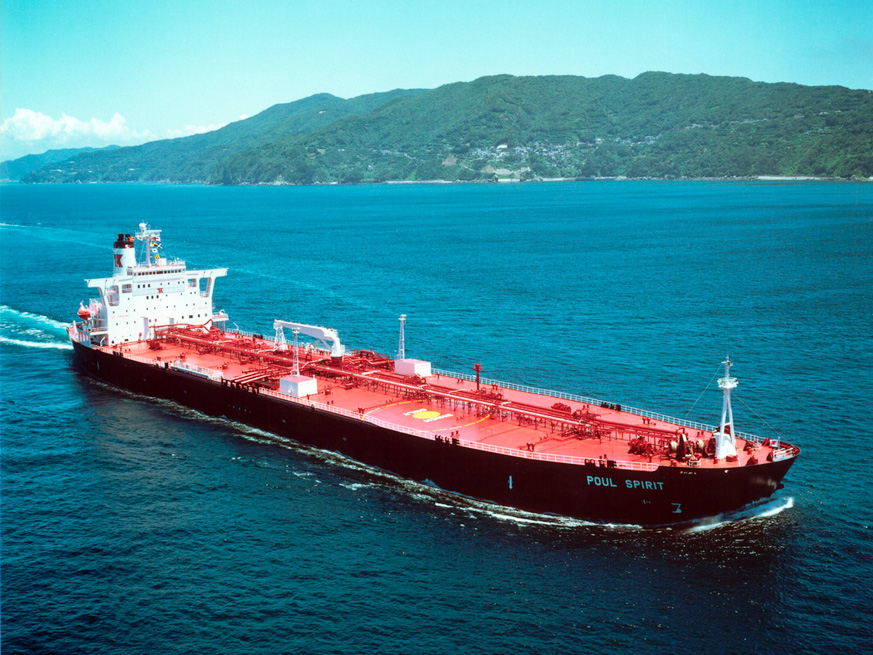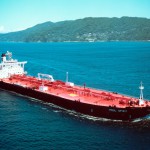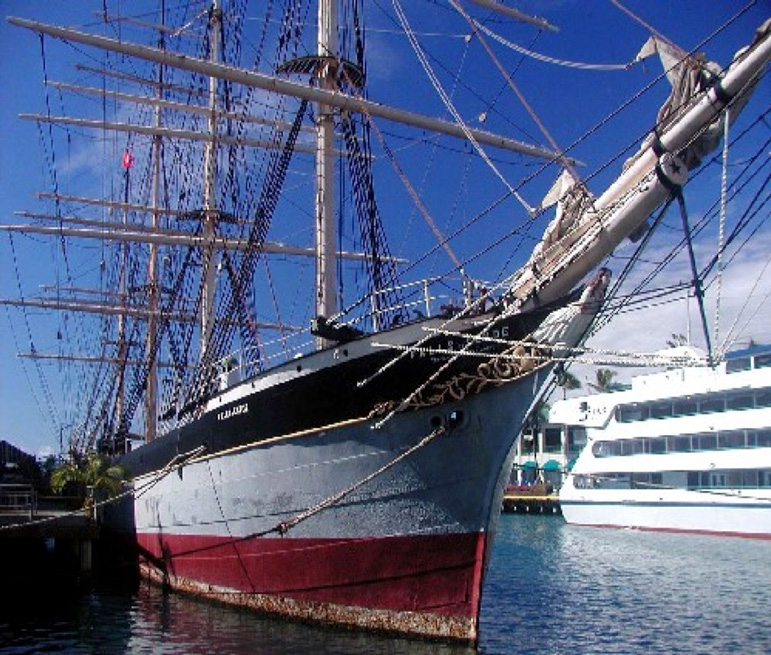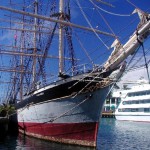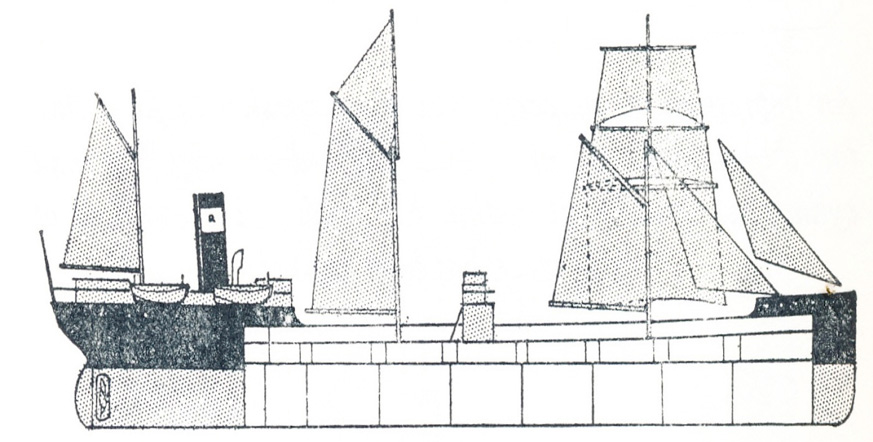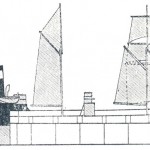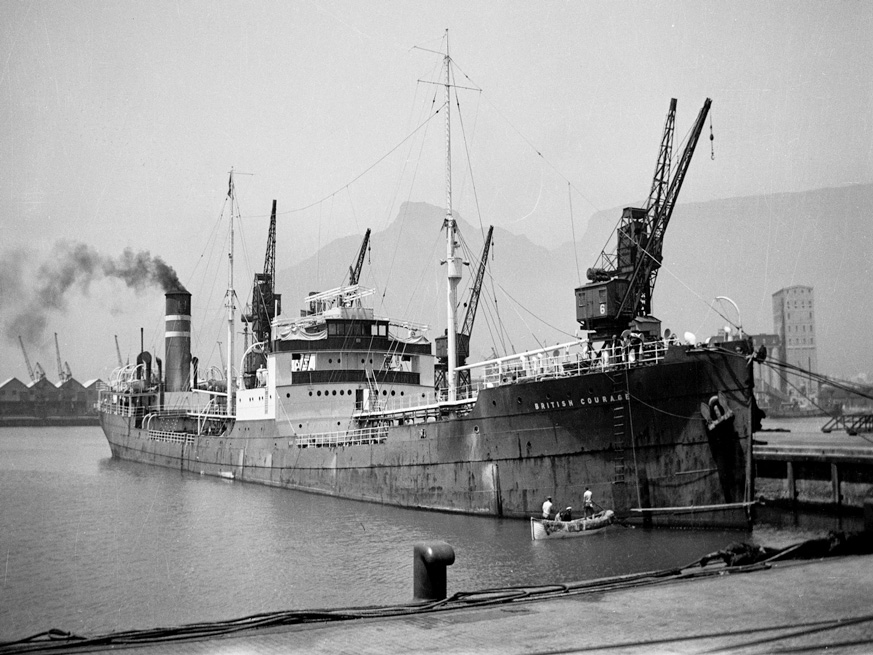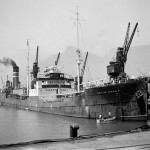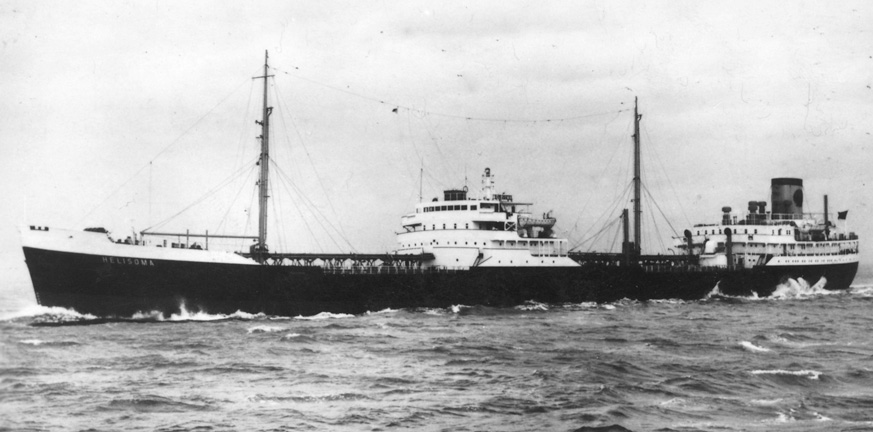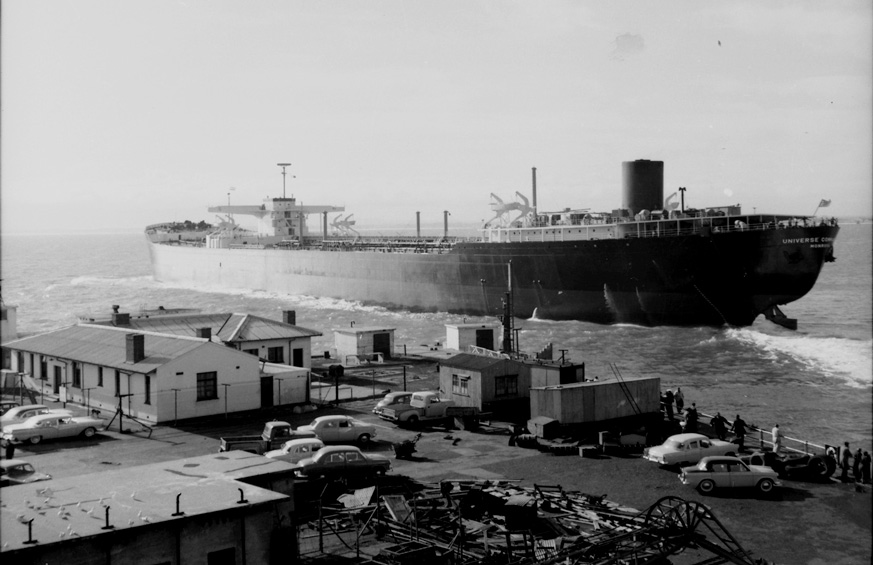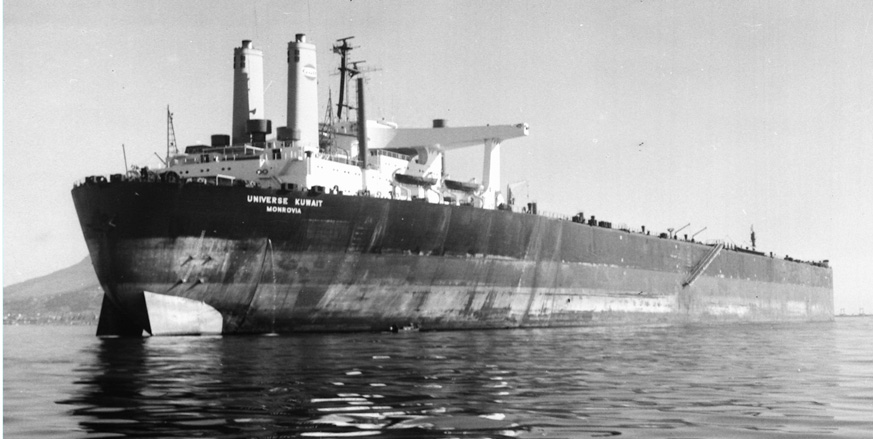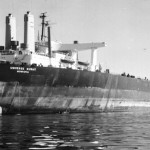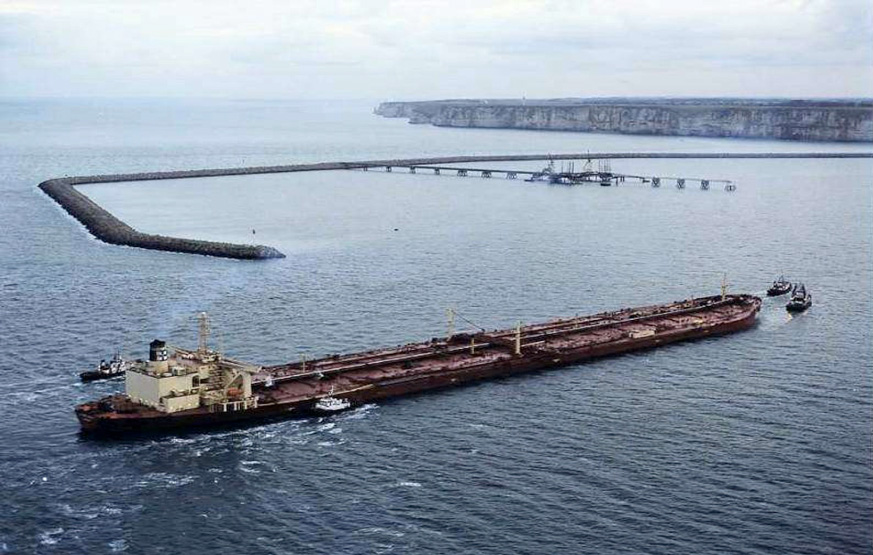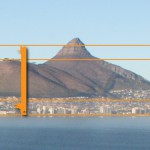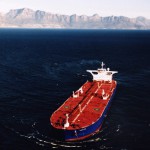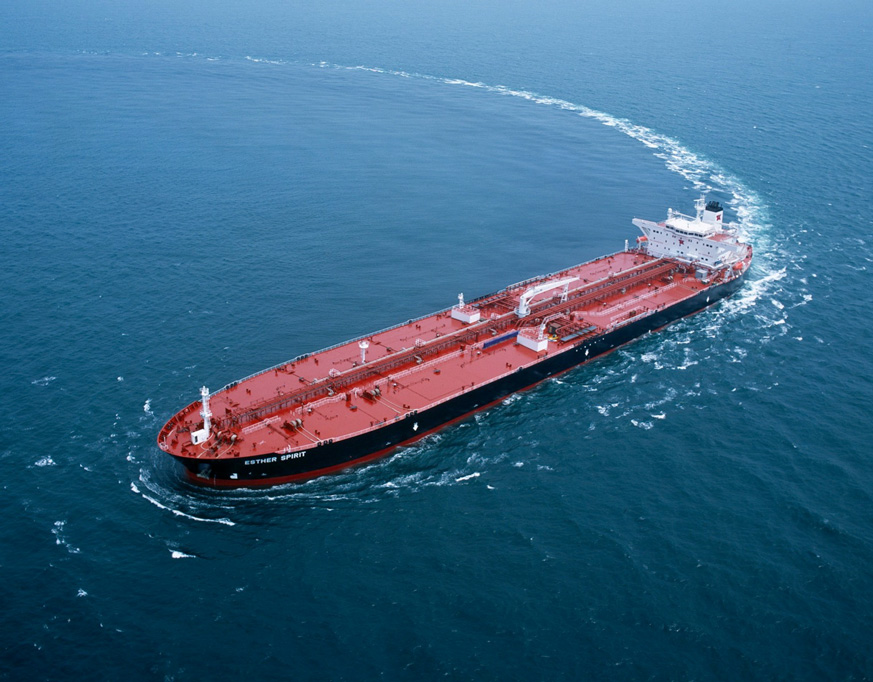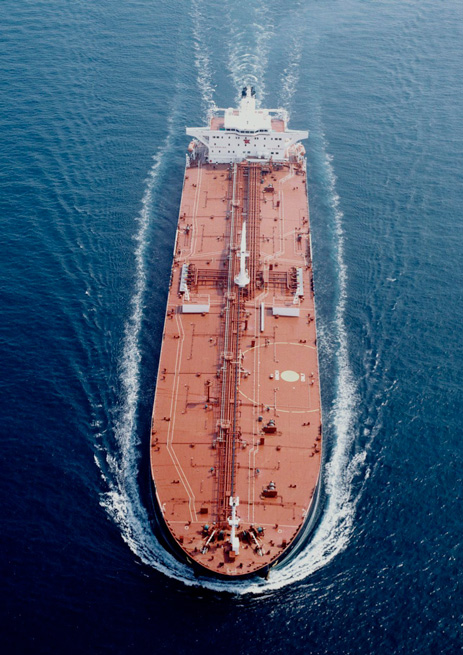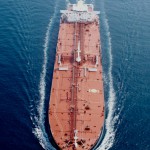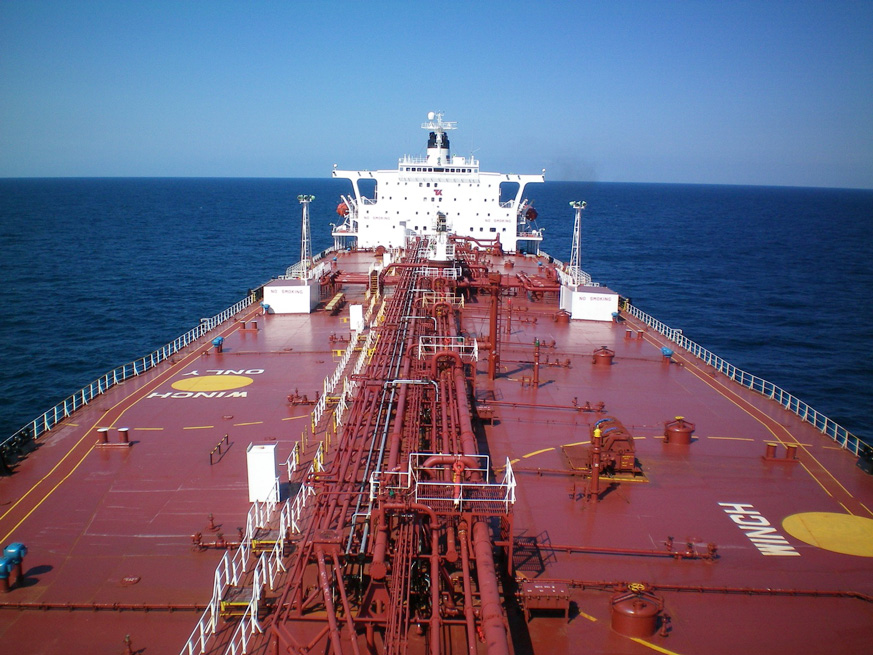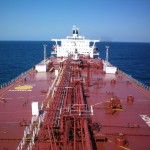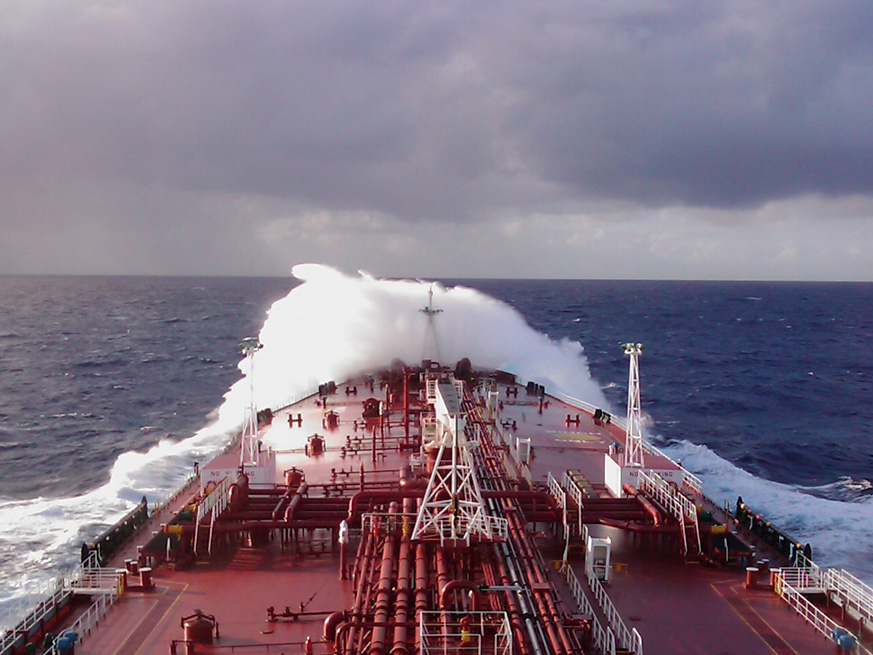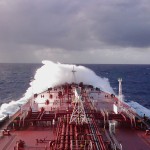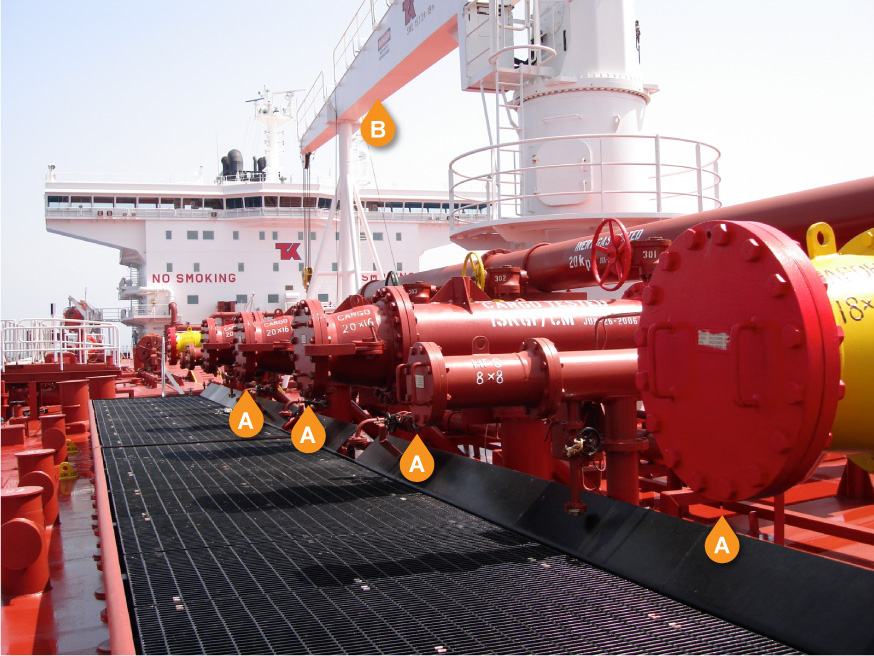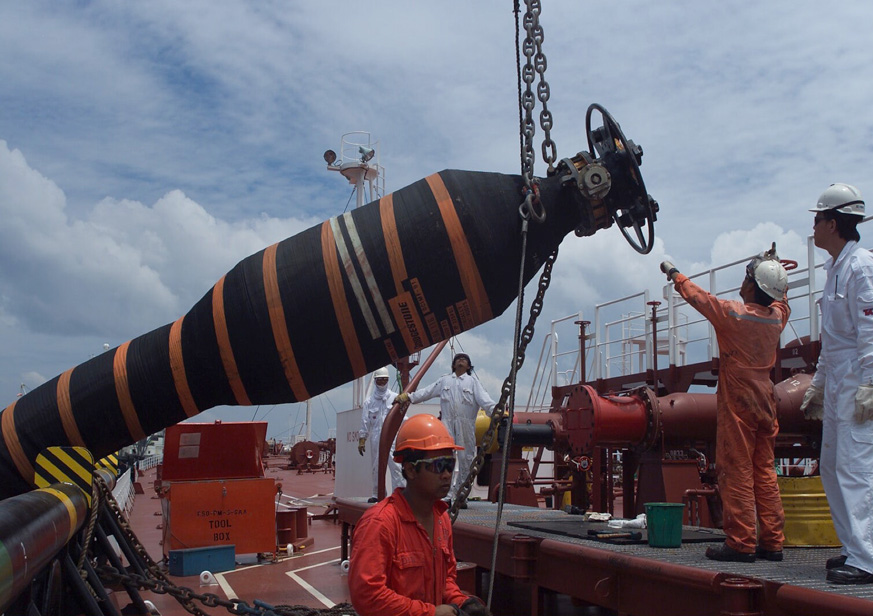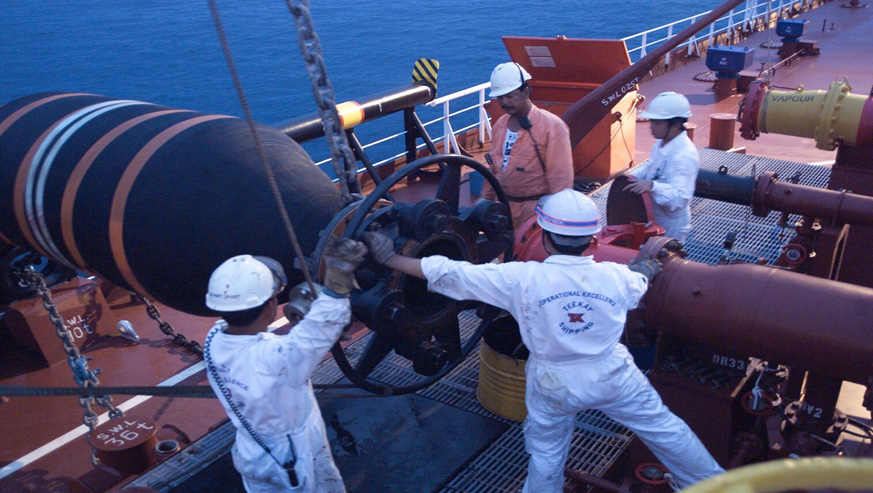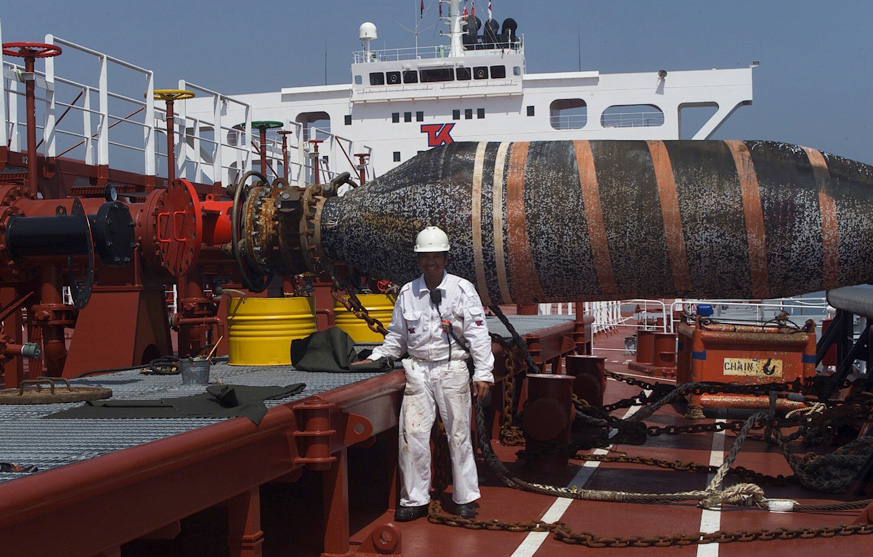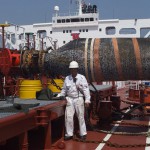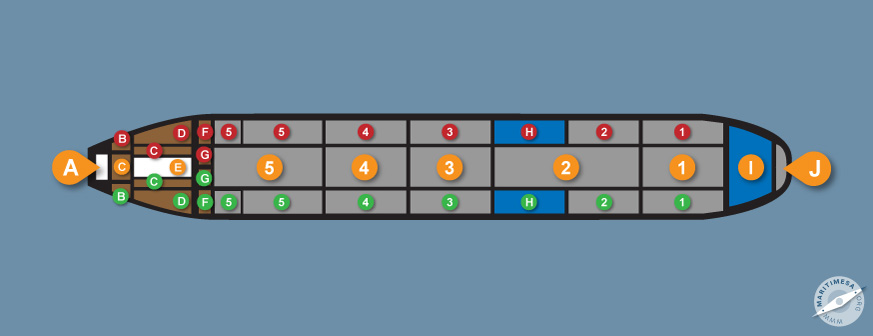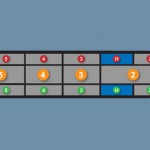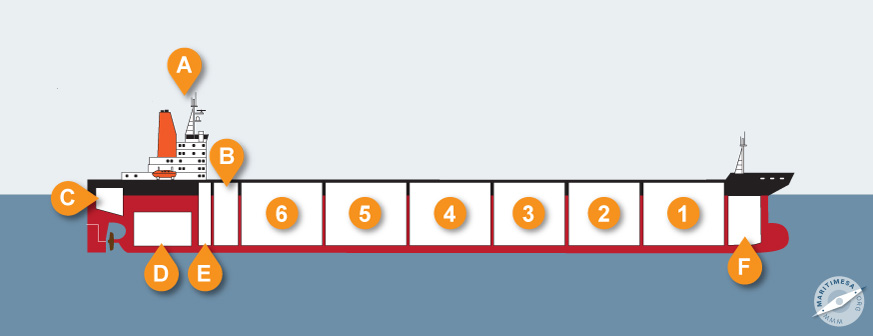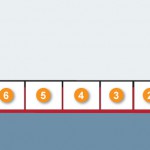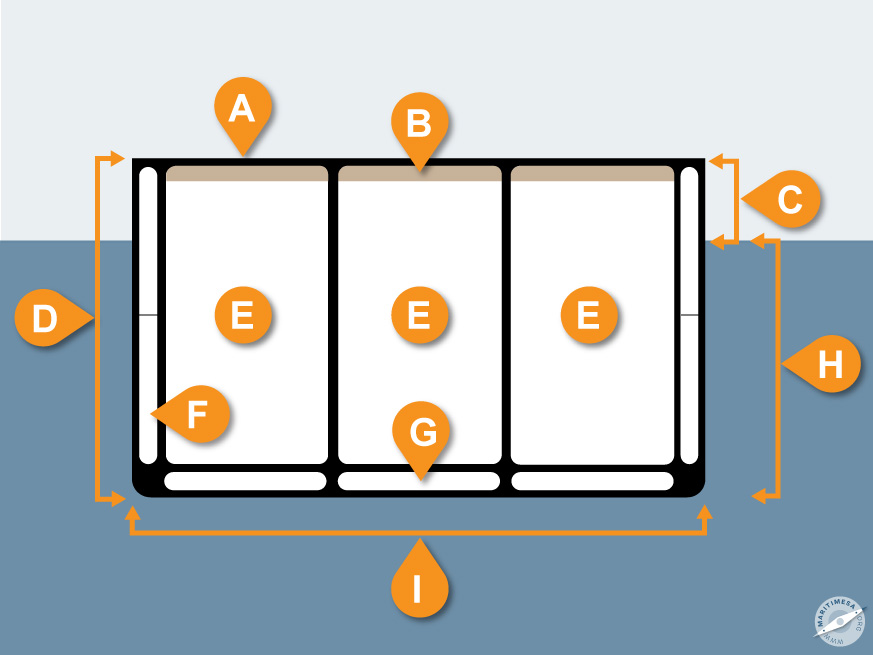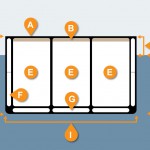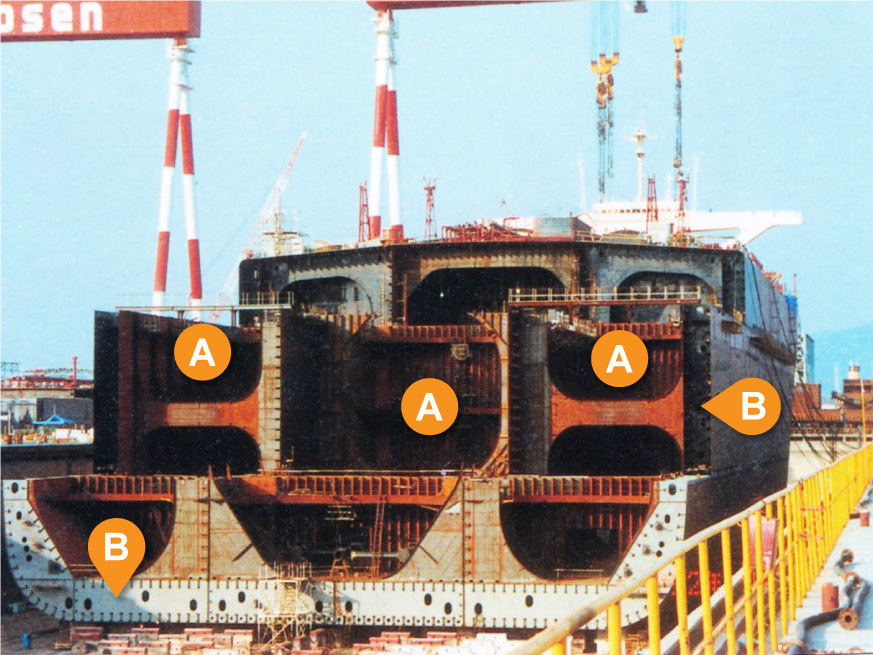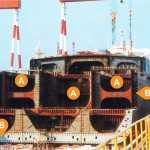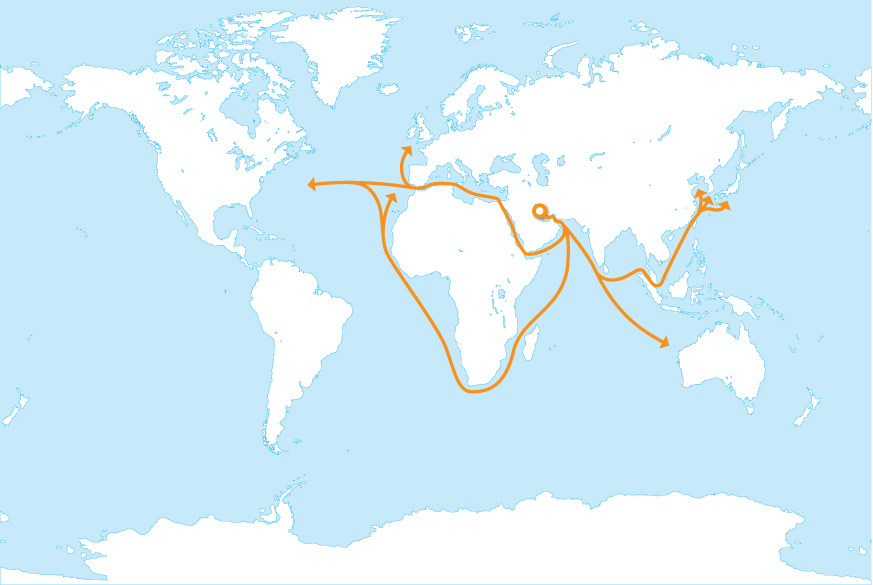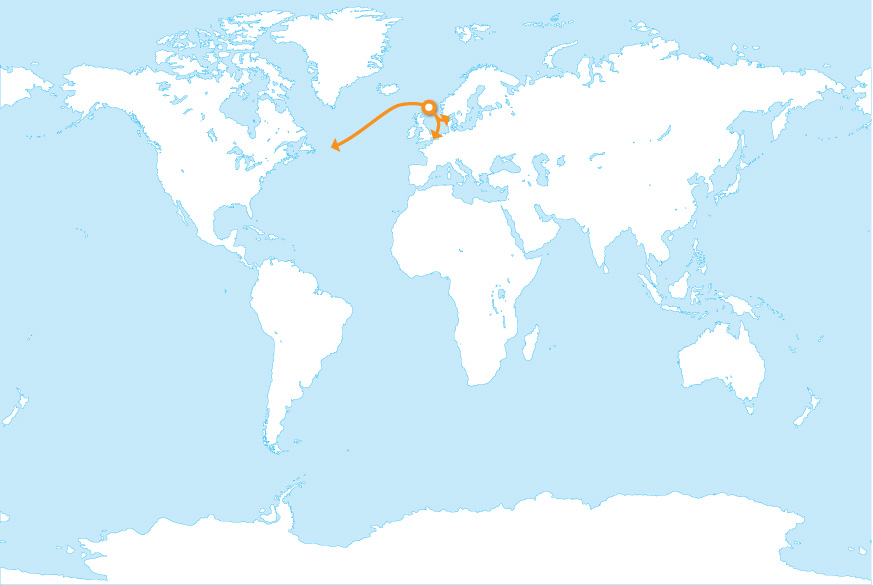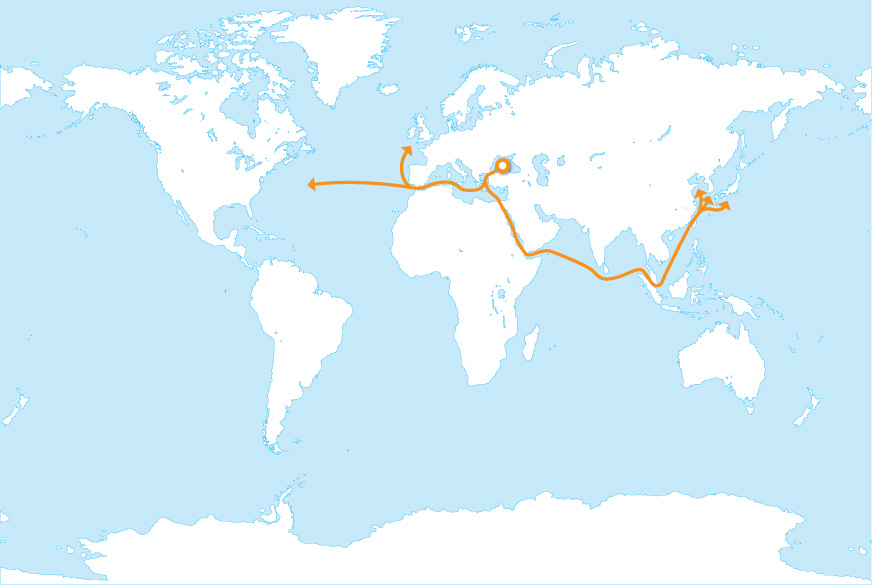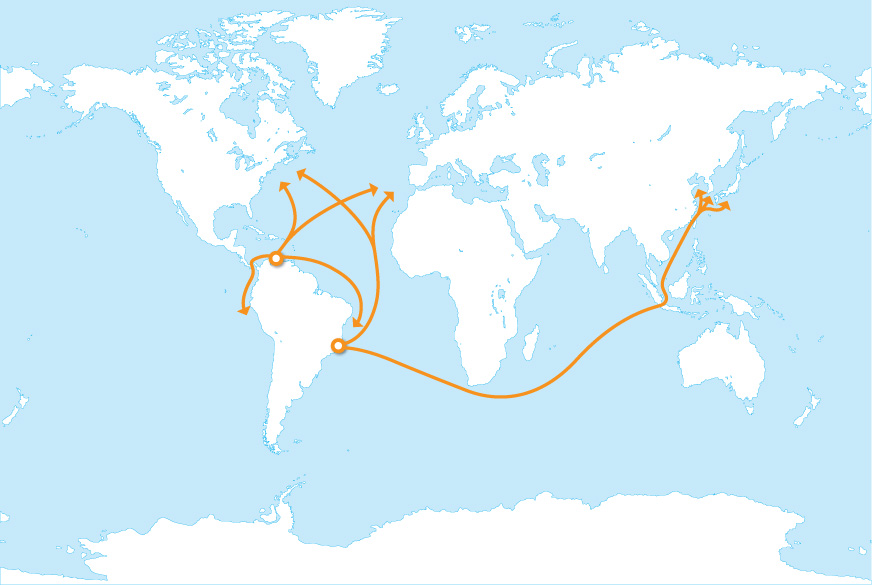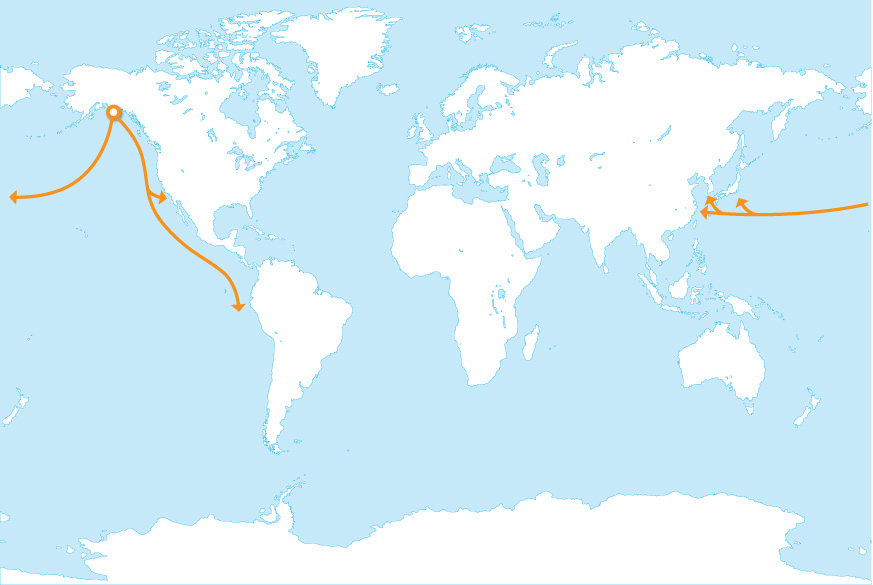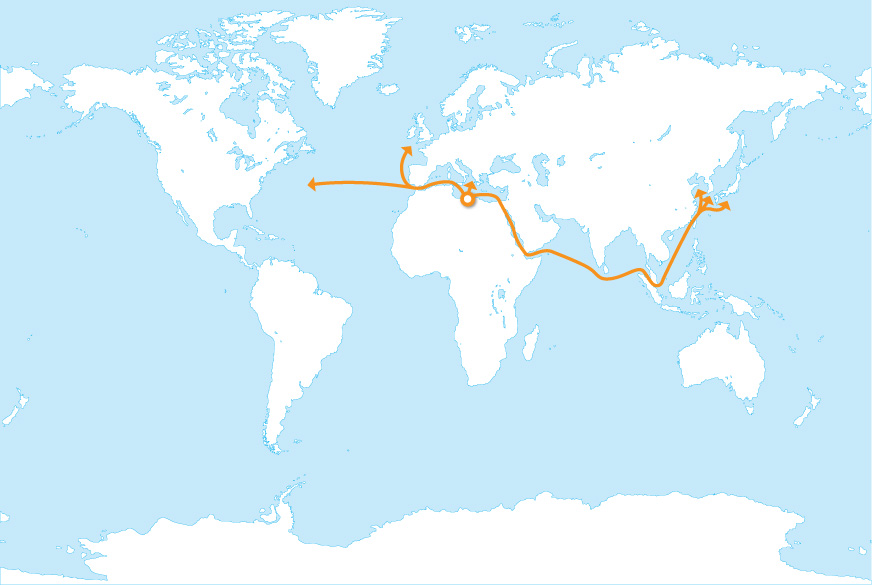Tankers are ships that carry liquid cargoes in tanks. Some are designed to carry crude oil (oil produced straight from under the surface of the earth) from the place of production to a port so that it can be piped to a refinery to be changed into useful oil products such a petrol, diesel, paraffin, aircraft fuel, lubricating oil, various grades of ships’ fuel, and a variety of liquid chemicals.
As the crude oil trade is extremely important in the world’s economy, it is also important politically. Therefore, the tanker routes from the areas of production to the areas where oil and oil products are needed are important.
Major Crude Oil Routes
Arabian Gulf to:
- Europe (Via Suez or Cape)
- North America (Via Suez or Cape)
- Japan
- Korea
- China
- India
- Singapore
North Sea to:
- Europe
- North America
Black Sea to:
- Europe
- North America
- Asia (Via Suez)
West Africa (especially Angola & Nigeria) to:
- Europe
- North America
- Asia
Venezuela to:
- Europe
- North America
- South America
Brazil to:
- Europe
- North America
- Asia
Alaska to:
- West Coast, North America
- West Coast, South America
- Asia
North Africa to:
- North America
- Europe
- Asia (via Suez)
South African Crude Oil Imports
- From Arabian Gulf
- From West Africa
Imported via:
- Offshore Buoy, Durban
- Saldanha Bay
Small volume from local offshore oilfield.



